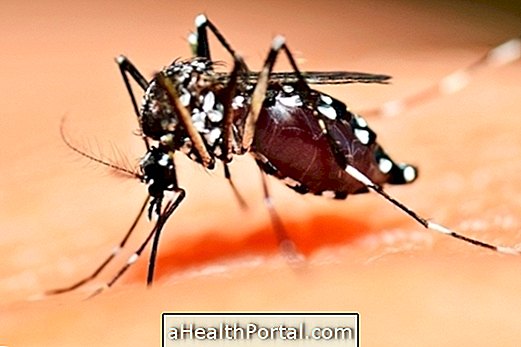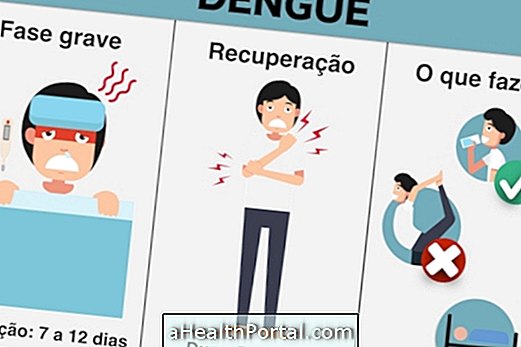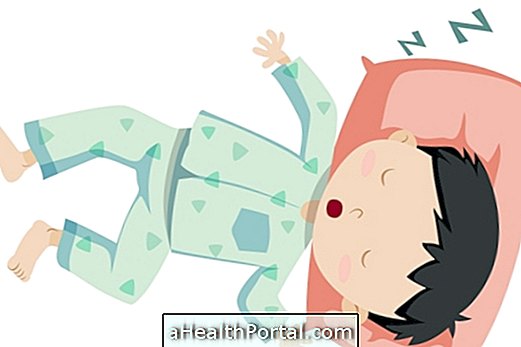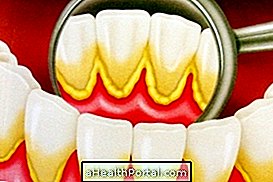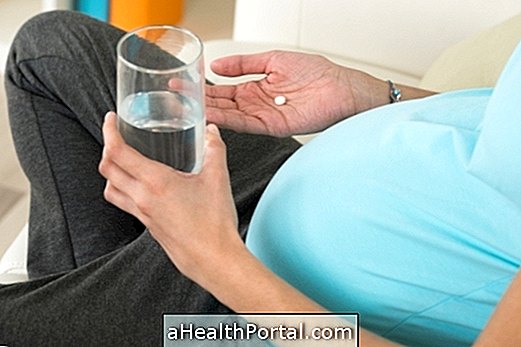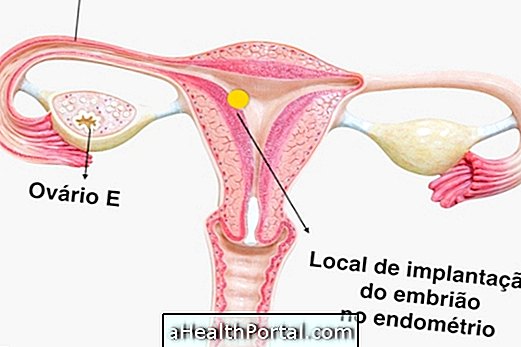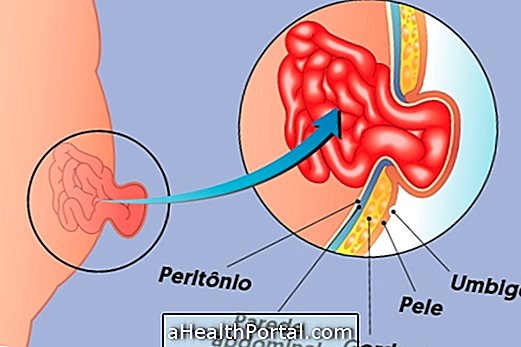Lyme disease, also known as tick disease, is a disease caused by the bite of a tick contaminated by the bacterium Borrelia burgdorferi, leading to the appearance of a circular red spot on the skin and that increases over time. Usually, the tick bites the skin without the person noticing until the first symptoms appear.
Once the first symptoms are noticed, it is important that tests be done to confirm the infection by the bacteria and thus be able to start the treatment, which is usually done with the use of antibiotics. If treatment is not done or done incorrectly, complications such as arthritis, meningitis, or heart problems can occur, which can reduce a person's quality of life.
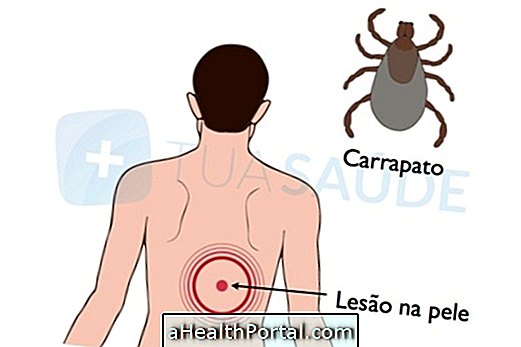
How is the treatment done?
Treatment for Lyme disease is done through the use of antibiotics such as Doxycycline, for example, and the earlier treatment is started, the faster recovery is, avoiding complications such as heart problems or arthritis.
1. Treatment with antibiotics
Treatment for Lyme disease should always be indicated by the doctor and usually the infection is treated with antibiotics such as Doxycycline 100 mg, which should be taken twice a day for 2 to 4 weeks or as recommended by a doctor. In the case of children and pregnant women, the use of Amoxicillin or Azithromycin is indicated during the same period of time.
Usually the antibiotic is taken orally, but in more severe cases it is necessary to be hospitalized for the medicine to be administered directly into the vein and complications can be avoided. In addition, women who are breastfeeding can be treated with antibiotics without the baby being at risk.
2. Physiotherapy for Lyme Disease
In severe situations, Lyme disease can cause arthritis, especially in the knee, which leads to pain and swelling in the joints. In such cases, the person may need to do physical therapy sessions to regain mobility and be able to do day-to-day activities without pain. The sessions are performed by physiotherapists and include mobility exercises and stretching or use of equipment according to the severity of the case.
In some cases, the doctor may recommend the use of anti inflammatory drugs, such as Ibuprofen for example, to decrease inflammation of the joints.

Main symptoms
Symptoms of Lyme disease include:
- Red and round lesion on the skin at the site of the tick bite;
- Weakness and tiredness;
- Fever and chills;
- Pain in the whole body, especially in muscles and joints.
The diagnosis of Lyme disease is made through blood tests, so in the presence of these symptoms, the person should go immediately to the hospital to make the diagnosis and start treatment with antibiotics according to the medical recommendation . Get to know other symptoms and tests that confirm the diagnosis of Lyme disease.
How transmission occurs
Lyme disease is caused by bacteria Borrelia burgdorferi that can be present in the blood of several animals like rats, deer or blackbirds, for example. When a tick bites one of these animals, it also gets contaminated with the bacteria, and can then transmit that bacteria to people.
Ticks are so small that the person may not know they have been bitten, but there is a greater risk of getting infected when the tick stays on the skin for more than 24 hours. Once infected, the bacteria can reach the bloodstream, which can cause arthritis, meningitis or heart problems if left untreated. Know what the blood infection is and how to treat it.
People working in forest areas such as walkers, campers, farmers, forest workers or soldiers are at a greater risk of being bitten by ticks and acquiring the disease. See what the diseases caused by the tick are.

